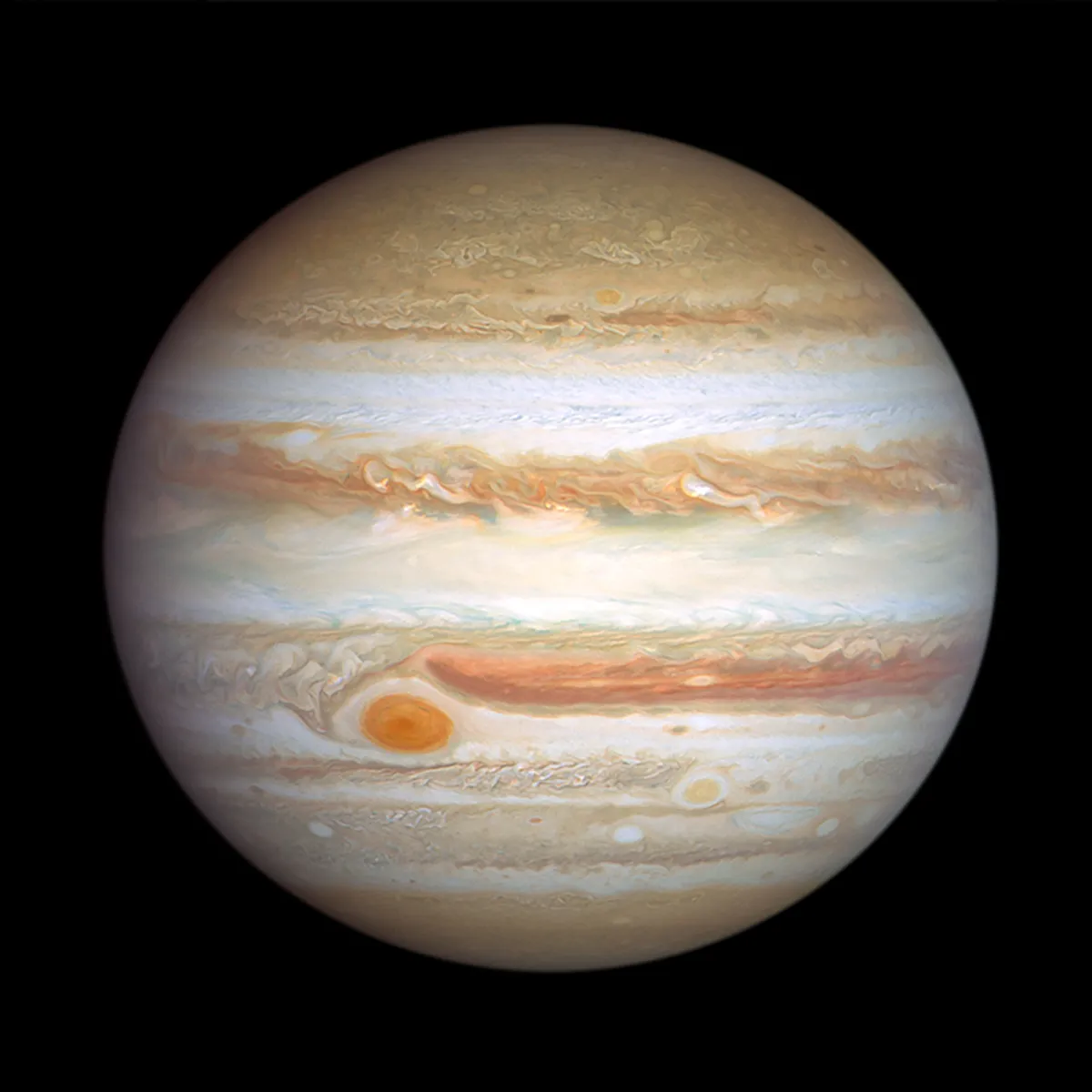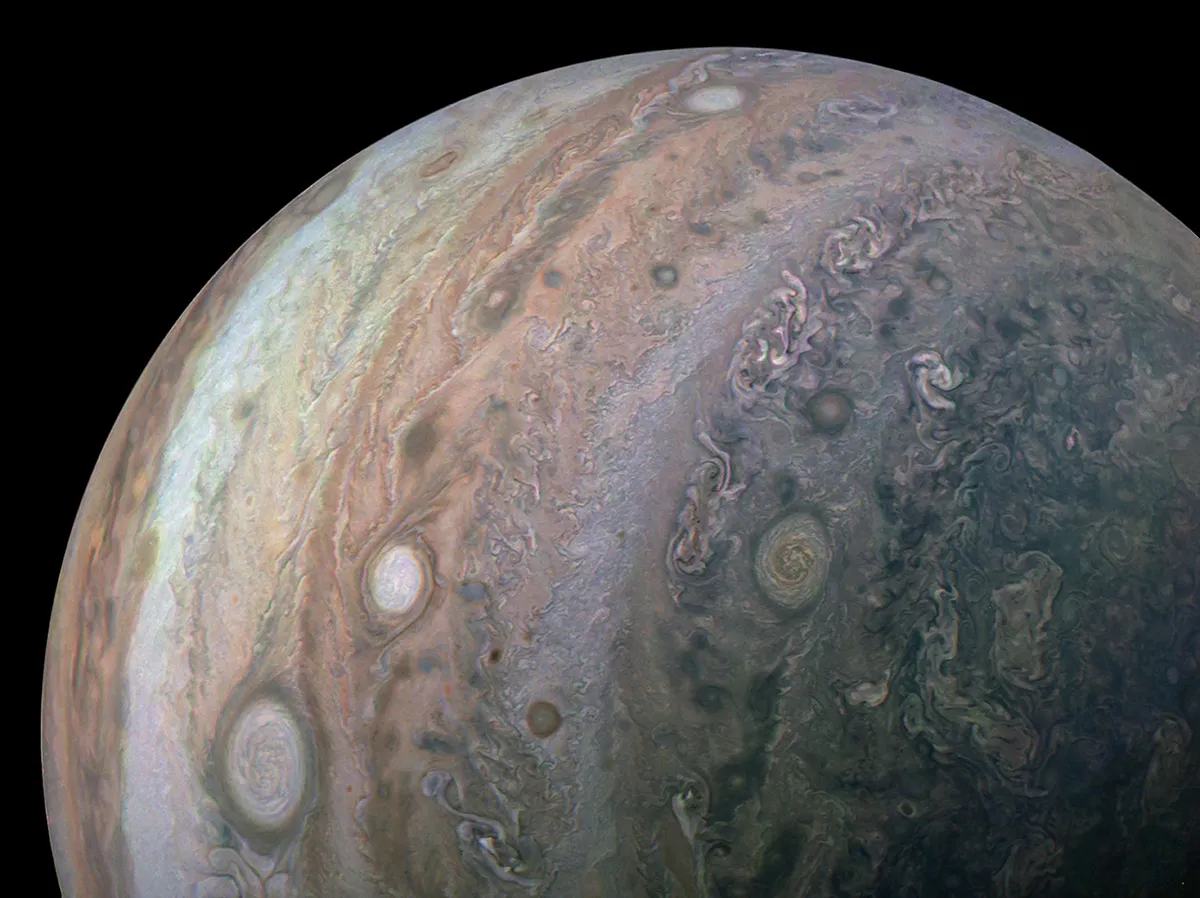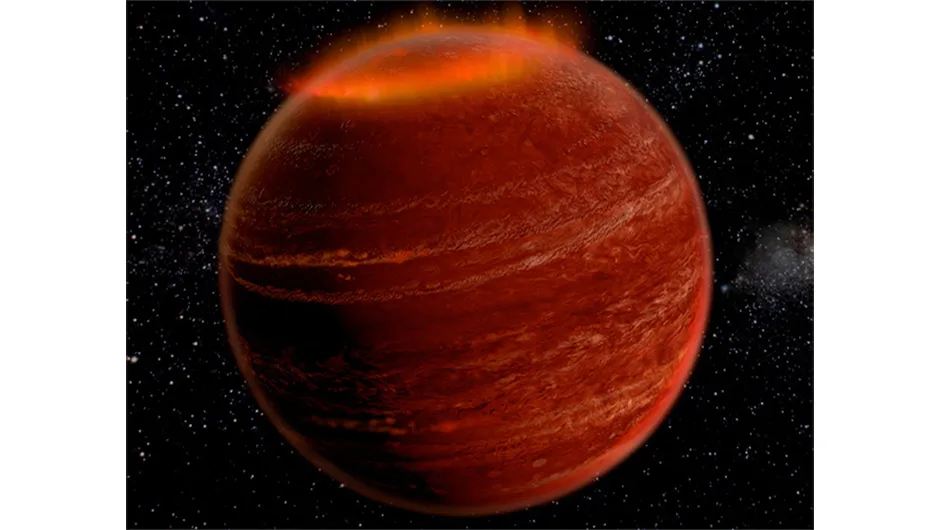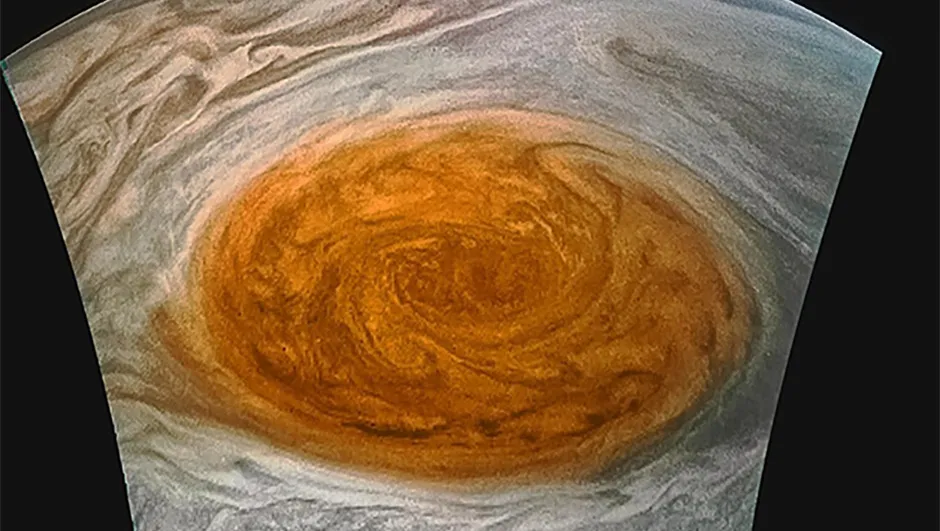Unlike a lot of questions about space, this one’s actually very easy to answer: no, Jupiter is not a failed star.
We can see why people might think it was, though. Compared to Earth, which is small and rocky, Jupiter is huge and mostly made of hydrogen and helium.
And what else in the Universe is huge and mostly made of hydrogen and helium? Why, stars, of course!
More questions about the Universe

To complicate the picture further, failed stars do exist.
They’re called brown dwarfs, they’re huge and they’re mostly made of hydrogen and helium, which does sound an awful lot like Jupiter.
Despite the similarities, though, there are several good reasons why Jupiter is categorically NOT a star, failed otherwise.

It didn't form like a star
There’s the question of Jupiter’s origins, for starters. Stars form when enormous clouds of gas get so large they collapse under their own gravity.
Once that happens, the incredible temperatures and pressures that build up inside their cores lead hydrogen atoms to start fusing into helium, giving off vast amounts of energy in the process – energy emitted in the form of heat and light.
And so – to coin a phrase – a star is born.

The problem is that Jupiter didn’t form from a big cloud of gas.
The Sun formed from a big ball of gas, as described above, and then what was left over went into orbit around it, eventually coalescing and clumping together to form the planets.
Dust particles mostly clumped together to form rocks and, eventually, rocky planets like Earth and Mars; gas particles mostly clumped together into gas giants like Jupiter and Saturn.

So that’s the first reason we can say that Jupiter isn’t a failed star: you can’t fail if you don’t try, and Jupiter has never tried to be a star, because it didn’t form like a star.
There ARE things that formed like stars but never got big enough for the fusion process described above occur – we call them brown dwarves.
But Jupiter isn’t one of them. It’s a planet, and it formed like a planet.
Jupiter isn't big enough to be a failed star

The other reason we can say categorically that Jupiter isn’t a failed star is that it isn’t big enough.
By which we don’t mean not QUITE big enough, like “small child fails to meet the height requirement for a rollercoaster” not big enough… we mean REALLY not big enough, like, “I need to drain an Olympic swimming pool and you’ve brought me a teaspoon!” big enough.
Let’s look at the size of Jupiter compared to the size of stars and brown dwarves.
As you can see from the image above – in which all objects are to scale – Jupiter is smaller than a brown dwarf and much, much smaller than a typical star (in the case, the Sun).
But size isn’t the whole story, because what matters more is mass, and that’s a department in which Jupiter falls even further short!

Jupiter isn't a brown dwarf
The definition of a brown dwarf is that it’s similar to a gas giant planet but has between 13 and 75 times the mass of Jupiter.
There are a handful of known exoplanets that meet this criterion – including HD 100546 b, Kepler 39b and Kappa Andromedae b – so it’d would be foolish to say that the boundary between a gas giant CAN’T be blurred. It can.
It's just that in Jupiter’s case it isn’t, because Jupiter has just 1/13 the mass it would need to fit into the brown dwarf bracket.

The gas giant would also need to have 80 times the mass it currently has in order for fusion to begin in its core.
That would then make it a star, but it would be the smallest type of star we know of – a red dwarf.
And if Jupiter somehow had ambitions to become a star similar to our own Sun, then it would need a whopping 1,000 times its current mass.
So while Jupiter shares some characteristics with stars, such as being a lot bigger than Earth and mostly made of gas, it formed in different circumstances and has nowhere near the size or mass it would need to become a star, failed or otherwise.
